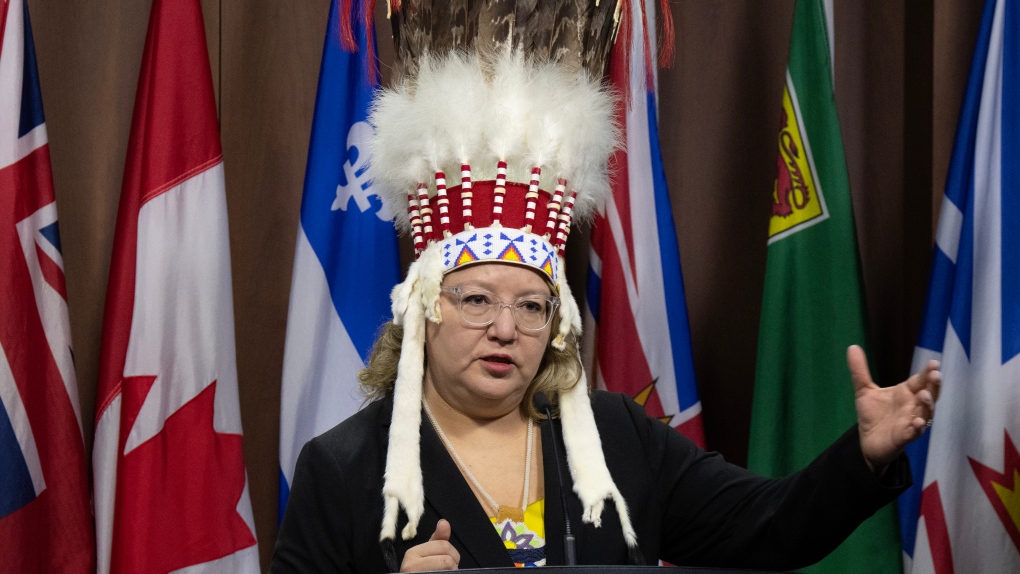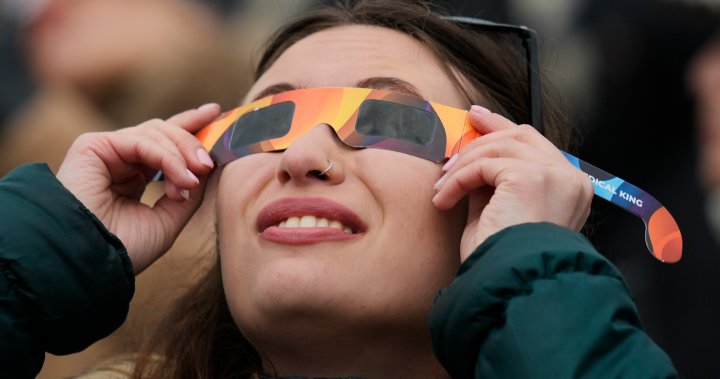Fashion isn’t about runways and shows any more, says D’Arcy Moses, and that’s good news for up-and-coming Indigenous designers.
Moses, a Dene artist from Pehdzeh Ki First Nation in the N.W.T., has spent well over 25 years building a reputation as a northern fashion designer.
Now, he’s getting ready to lead a fashion residency at the Banff Centre for Arts and Creativity in Alberta, where he will teach Indigenous textile artists how to design and make patterns for haute couture — high-end fashion.
It’s part of a series of seven planned workshops over three years where he will pass on the decades of knowledge he has accumulated, alongside other traditional artisans and guest elders.
“It means a lot … just being able to share the knowledge — and I know there’s a lot of interest from First Nations across Canada and the U.S. who want to get into fashion,” he said.
Those future designers should know the fashion industry isn’t what it used to be, Moses said — social media platforms and online sales have revolutionized a line of work famous for its dazzling fashion shows, expensive magazine spreads and collections.
In many ways, the industry is more accessible than ever before.
“The whole fashion business has changed,” he said. “Today, it’s almost easier than it was many years ago … I would just encourage young people to use the tools at hand — which is the internet.”
Contemporary and traditional
Moses is going into his fourth year of full-time designing at his shop in Enterprise, N.W.T. Like many businesses, his slowed right down when the pandemic began, but now he’s expanding the handbag side of his business.
He’s also looking forward to getting back into hide tanning this spring.
“Most of them come from my relatives in Wrigley — there’s a lot of moose and [caribou],” he said. His family drops off the hides of animals they harvest on his doorstep as they pass through Enterprise, and he has a couple that just need to be soaked, stretched and smoked.
He gets a lot of requests for moosehide handbags and vests, he noted, from people who want that connection to their heritage.
“There’s a whole resurgence of young people now that are getting back into traditional arts and crafts, but in a more contemporary manner,” he said.
High fashion
The first program Moses is teaching at the Banff Centre runs from March 7-26. Other sessions will involve vests, ribbon skirts, handbags and more.
Moses said he received a lot of interest from people to participate before the deadline passed this week.
In an email, Reneltta Arluk, the centre’s director of Indigenous leadership, said the intersection between traditional materials and processes and contemporary fashion is what makes the program important.
“[Moses] has been doing this expertly for many years and we are thrilled to bring his skills in this engaged way,” Arluk wrote.
Moses said it’s important to note that the centre offered scholarships for Indigenous applicants to cover the cost of tuition, meals and lodging.
“It’s just to get as many people [as possible] involved in this entire process,” he said.
The Banff Centre said there were 10 spots in the program, and all Indigenous participants would be offered a full scholarship.







More Stories
Emma Stone wants people to call her by her real name – National | Globalnews.ca
Requête rejetée / Request Rejected
Taylor Swift dons Montreal designer’s dress in ‘Fortnight’ video